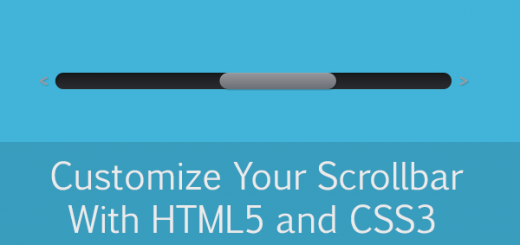Hello CodeGeekz Audience! We are back with yet another round up of Fresh Resources for designers and developers for March 2017.
We’ve included lots of tools, frameworks, freelancing resources, JavaScript resources, open source tools, JavaScript libraries, programming books, CSS resources, and much more.
Almost everything on the list this month is free, with a few high-value paid apps and tools. They’re sure to be useful to designers and developers, from beginners to experts.
If we’ve missed something that you think should have been on the list, let us know in the comments. And if you know of a new app or resource that should be featured next month, tweet it to @codegeekz to be considered!
1. Singer

Singer is an open-source standard for writing scripts that move data. It describes how data extraction scripts—called “Taps” —and data loading scripts—called “Targets”— should communicate, allowing them to be used in any combination to move data from any source to any destination. Send data between databases, web APIs, files, queues, and just about anything else you can think of.
Singer powers data extraction and consolidation for all of your organization’s tools: advertising platforms, web analytics, payment processors, email service providers, marketing automation, databases, and more.
2. Streetlayer

Streetlayer is a simple yet powerful JSON-based REST API offering international address data analysis by making use of a number of weekly updated data sets. The API was built to seamlessly perform address verification, return autocomplete address suggestions based on the smallest text strings, along with geocoding capabilities.
3. Guetzli
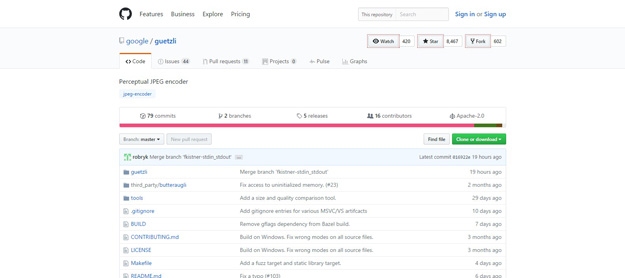
Guetzli is a JPEG encoder that aims for excellent compression density at high visual quality. Guetzli-generated images are typically 20-30% smaller than images of equivalent quality generated by libjpeg. Guetzli generates only sequential (nonprogressive) JPEGs due to faster decompression speeds they offer.
4. Clean My Forks
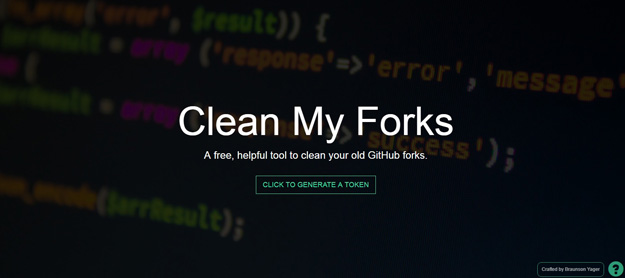
Clean My Forks is a free tool that will help you clean up all those old forks on GitHub. Deleting them manually can be a real pain and this tool can remove clutter from your profile.
5. Theo CMS
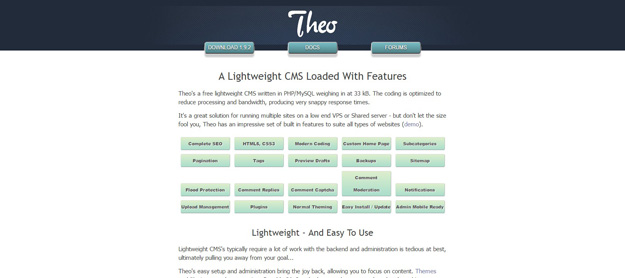
Theo’s a free lightweight CMS written in PHP/MySQL weighing in at 33 kB. The coding is optimized to reduce processing and bandwidth, producing very snappy response times.
It’s a great solution for running multiple sites on a low end VPS or Shared server – but don’t let the size fool you, Theo has an impressive set of built in features to suite all types of websites. Theo’s easy setup and administration bring the joy back, allowing you to focus on content.
6. Ratio Buddy
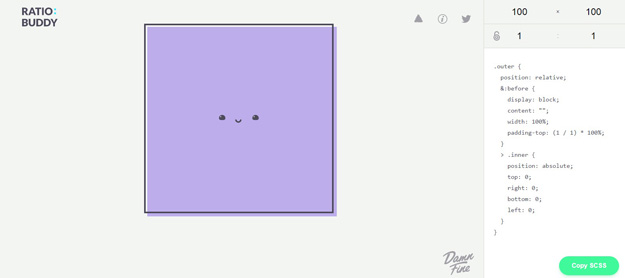
Get perfect proportions every time with this ratio tool that does all the math and builds all the code for you. Ratio Buddy even shows you what the aspect ratio will look like on screen so you can figure out if you have it right (or not).
7. React Trend
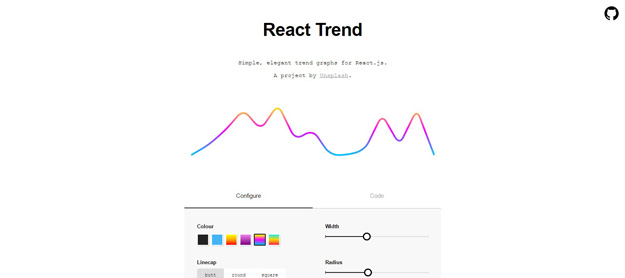
It’s a react component from Unsplash to create lovely Line chart typically for showing trends. The component is configurable; you can set the line thickness, color, gradients, and the curve smoothness. You can simply use the GUI to conveniently generate the component code.
8. XVG
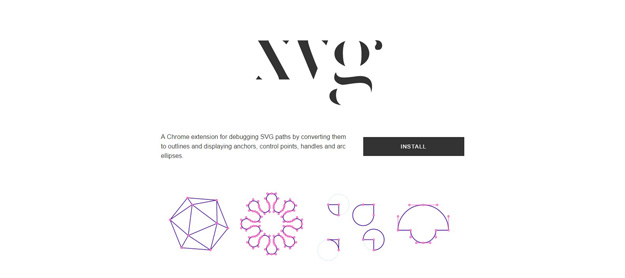
A Chrome extension for debugging SVG paths by converting them to outlines and displaying anchors, control points, handles and arc ellipses.
9. Goops
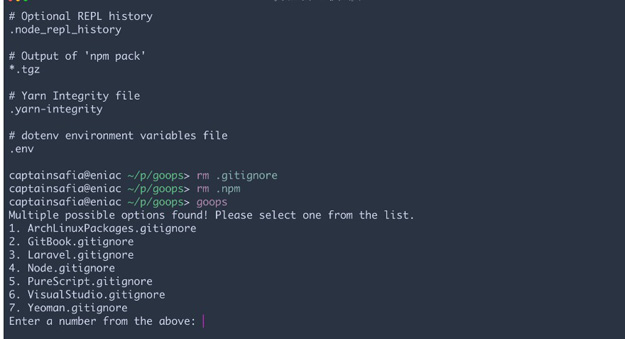
goops is a command line tool that adds a .gitignore file to your current working directory. It’s a little more helpful than that though, goops will analyze the files in your directory and determine the best .gitignore for your project based on a simple heuristic or offer you a list of potential .gitignore files to choose from.
10. debugCSS
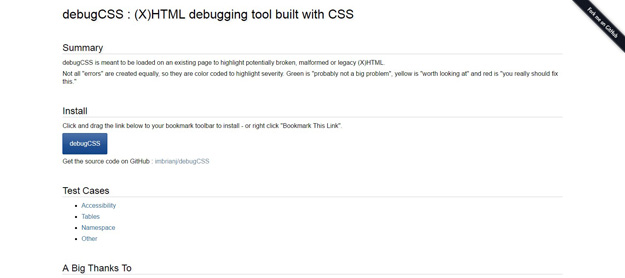
debugCSS is meant to be loaded on an existing page to highlight potentially broken, malformed or legacy (X)HTML. Not all “errors” are created equally, so they are color coded to highlight severity. Green is “probably not a big problem”, yellow is “worth looking at” and red is “you really should fix this.”
11. Color Me
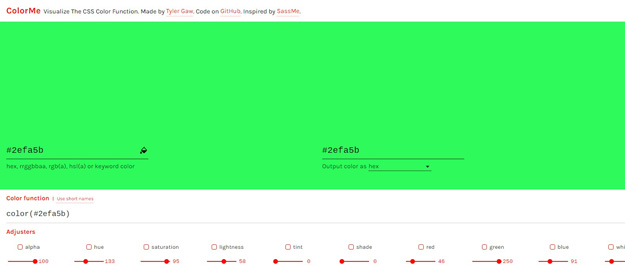
ColorMe is an easy way to visualize the CSS color function. Enter the color you want to use with common color codes and check adjusters to see how it will look with different settings, and get the code to make the changes in your design.
12. Jump

Jump helps you navigate your file system faster by learning your habits. It integrates itself into your shell and builds a database of the directories you use most. That way you can “jump” around projects using just a fuzzy search. (It even accounts for typos!)
13. Reflect

Reflect makes it easy to turn data into visual elements for analytics, reporting or storytelling. You can integrate data with an API or design interactive content without coding.
14. Deployer
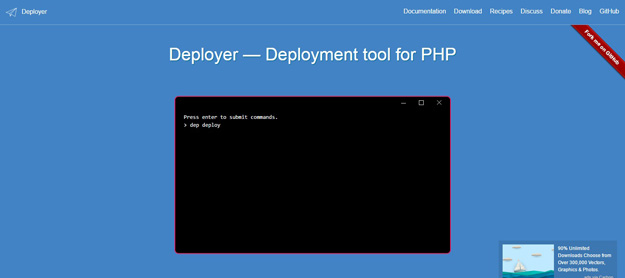
Deployer is a tool to deploy your PHP sites. It works with a number of popular frameworks and platforms including WordPress, Drupal, Magento, Laravel, and CodeIgniter. With this tool, you can compose your own recipes, a piece of command to run during deployment. It comes with Rollback feature which enable you to go back to previous version in case of failures.
15. EasyQA
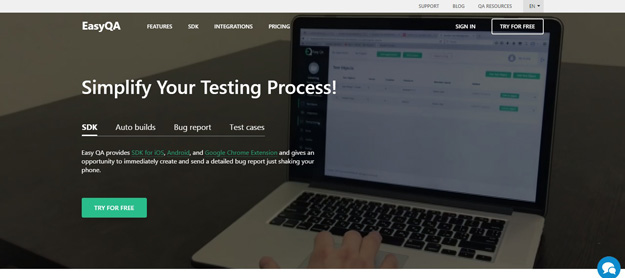
The quality check part of web development is often a chore. EasyQA is a test management tool that helps plan and execute testing, report issues and find crashes and manage the team that’s doing the work. The software package is pretty robust and is free for teams of less than five users.
16. PHPStan

PHPStan focuses on finding errors in your code without actually running it. It catches whole classes of bugs even before you write tests for the code. PHPStan moves PHP closer to compiled languages in the sense that the correctness of each line of the code can be checked before you run the actual line.
17. Waffle Grid

It is CSS grid framework built with Flexbox. The waffle CSS grid system is super lightweight, weighing in at only 7kb minified using the default settings. With classes for medium and small devices, the waffle grid can make your layouts fully responsive. The waffle grid system was written entirely in sass, so that you can easily change or customize the grid to suit your needs.
18. Neltify CMS
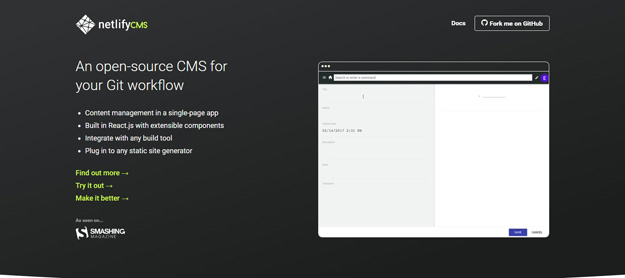
A CMS for static site generators. Give non-technical users a simple way to edit and add content to any site built with a static site generator. Netlify CMS is a single-page app that you pull into the /admin part of your site.
It presents a clean UI for editing content stored in a Git repository. You setup a YAML config to describe the content model of your site, and typically tweak the main layout of the CMS a bit to fit your own site.
When a user navigates to /admin they’ll be prompted to login, and once authenticated they’ll be able to create new content or edit existing content.


